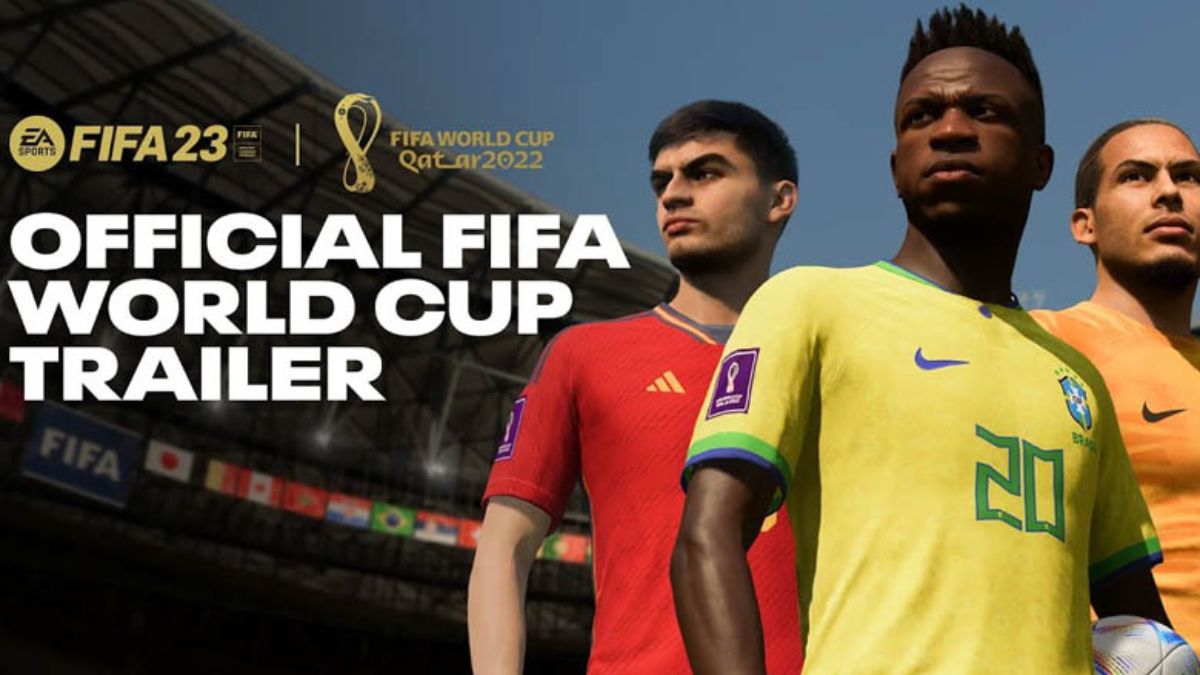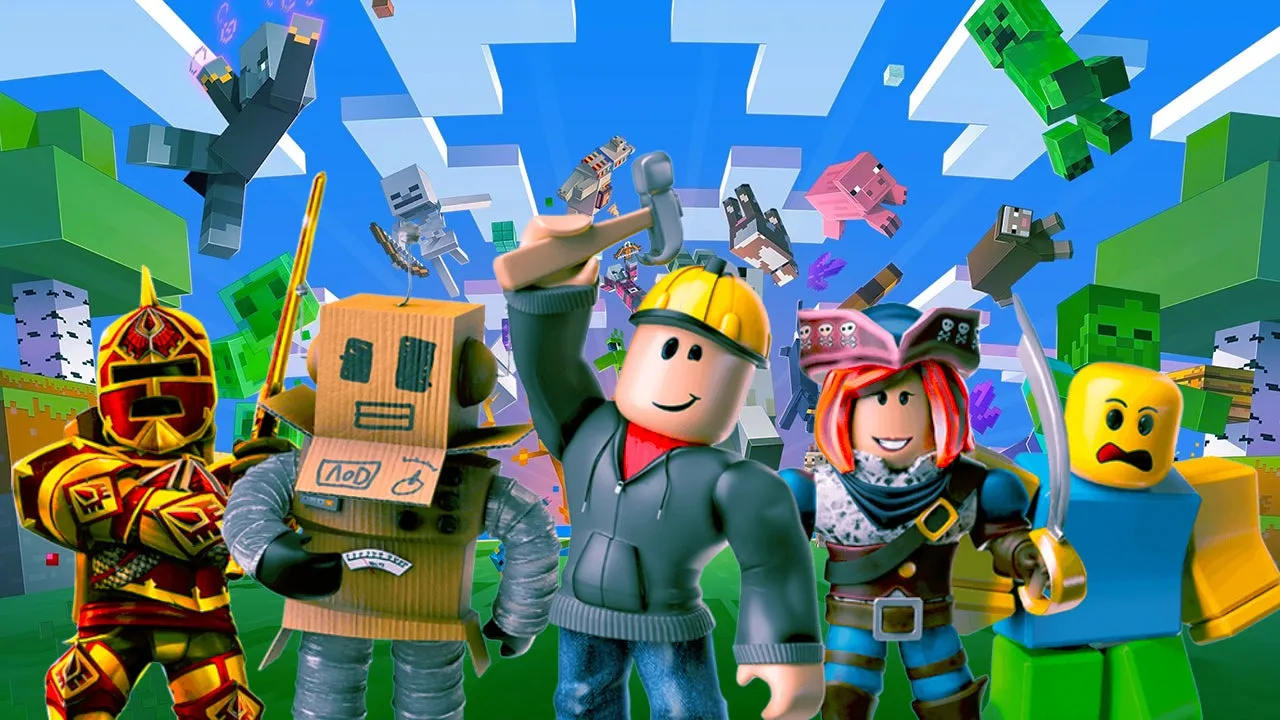Popular Now
Introduction
Garena Free Fire, one of the most successful mobile battle royale games globally, thrives on fast-paced gameplay, diverse characters, and a massive arsenal of weapons. However, at the heart of competitive gameplay lies a persistent and complex issue—weapon balancing. As with any shooter, Free Fire relies on a constantly evolving meta that shapes how players engage in combat. But when certain weapons become overly dominant while others are rendered obsolete, it affects everything from casual enjoyment to esports integrity. This article explores the core challenges of weapon balancing in Free Fire, the evolution of its meta, and how it affects gameplay across different skill levels.
The Evolution of the Weapon Meta
Free Fire’s weapon meta has undergone significant changes since its release. Early iterations emphasized simplicity, with players favoring familiar rifles like the M4A1 or SCAR. However, as more weapons were added—each with unique stats, attachments, and skins—the meta began to shift.
The introduction of weapons like the MP40, Groza, and M1887 reshaped combat dynamics. These guns, known for their overwhelming power in specific contexts, became staples in competitive matches. As players adapted, the meta became more rigid, with only a handful of guns deemed “viable” at the highest level.
The challenge for developers is maintaining freshness without breaking the balance. Buffing an underused weapon or nerfing a popular one can disrupt the entire competitive ecosystem.
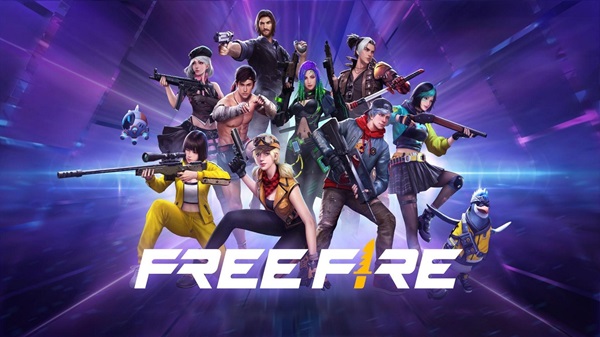
The Problem with Overpowered Weapons
One of the most persistent issues in Free Fire is the emergence of overpowered (OP) weapons. Guns like the M1887 and MP40 have, at times, dominated the battlefield due to their high burst damage and fast TTK (time to kill).
These weapons skew engagements in their favor, limiting viable counterplay options. In ranked matches and tournaments, players often flock to these weapons, ignoring others entirely. This:
-
Reduces weapon diversity
-
Creates predictability in loadouts
-
Frustrates players who prefer different playstyles
Balancing OP weapons involves careful stat adjustments, but frequent changes can confuse players or alienate loyal users of those guns.
Underused Weapons and the Case for Buffs
At the other end of the spectrum are weapons that see almost no use. Guns like the CG15, SPAS12, or certain SMGs are frequently overlooked due to poor handling, low damage, or inferior stats compared to their counterparts.
These weapons clutter the loot pool and discourage experimentation. When players constantly swap out weaker guns for meta choices, it disrupts loot flow and makes certain areas of the map less appealing.
To address this, Garena occasionally buffs lesser-used weapons. However, without broader incentive structures (e.g., special challenges or events), these buffs rarely change player behavior.
Weapon Skins and Their Impact on Balance
In Free Fire, weapon skins are more than cosmetic—they often come with stat bonuses, such as increased rate of fire or reload speed. This creates a unique balancing challenge.
For example, an M1887 with a rare skin that increases range can outperform most shotguns and even challenge ARs in mid-range combat. While this monetization strategy drives revenue, it raises concerns about pay-to-win mechanics.
Players with deep inventories of enhanced skins hold a competitive edge, especially in ranked or tournament play. Balancing these skins without reducing their appeal remains a difficult tightrope walk for developers.
[caption id="attachment_2135" align="aligncenter" width="600"]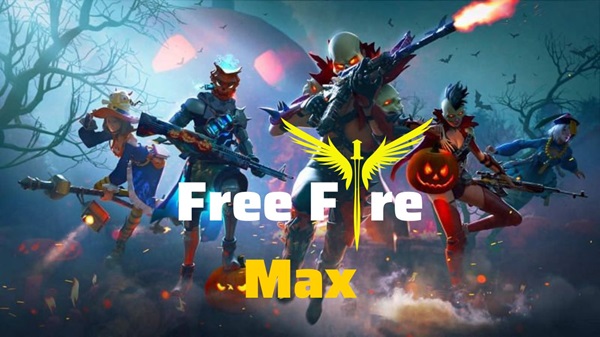 xr:d:DAFggzCwBSk:33,j:45465653142,t:23041907[/caption]
xr:d:DAFggzCwBSk:33,j:45465653142,t:23041907[/caption]
Attachments and Customization: A Missed Balancing Opportunity
Unlike games like PUBG or COD Mobile, Free Fire’s weapon customization is relatively limited. Some weapons allow attachments, but many (especially SMGs and shotguns) are fixed-loadout.
This restricts tactical flexibility and contributes to meta stagnation. Allowing more attachments—such as barrels, scopes, or extended mags—could revive underused guns and give players more tools to customize their playstyle.
In particular, adding universal attachments could let players adjust weaker weapons to fit niche roles, thereby expanding loadout options.
How Weapon Balance Affects Competitive Play
Weapon balancing has significant implications for Free Fire’s esports scene. In tournaments, where stakes are high and every engagement matters, players gravitate toward the most efficient weapons.
This often results in:
-
Uniform loadouts across teams
-
Repetitive combat patterns
-
Reduced strategic diversity
For spectators, this can make tournaments less exciting. For players, it limits personal expression. Ensuring a wider pool of viable weapons can lead to more diverse tactics, counter-strategies, and engaging matches.
Community Feedback and Balancing Adjustments
Garena actively collects community feedback through social media, surveys, and forums. When the player base voices dissatisfaction—like the M1887 being “too OP” or a gun being “useless”—the developers often respond with tweaks in subsequent patches.
However, the balancing cycle can feel inconsistent. Some weapons are rebalanced frequently, while others remain untouched for months. Moreover, changes are sometimes announced without clear patch notes, leaving players confused.
A transparent, predictable balancing roadmap would go a long way in building community trust and engagement.
Regional Preferences and Balance
Weapon popularity often varies by region. For instance:
-
Southeast Asian players tend to favor SMGs due to aggressive close-quarters play.
-
Latin American players often lean on ARs for mid-range engagements.
These regional metas complicate global balancing efforts. Buffing a weapon that’s underused in Europe might unintentionally destabilize the meta in India.
To manage this, Garena occasionally tests balance changes in specific servers before rolling them out globally. This approach, while effective, could be expanded to more systematically include regional insights.
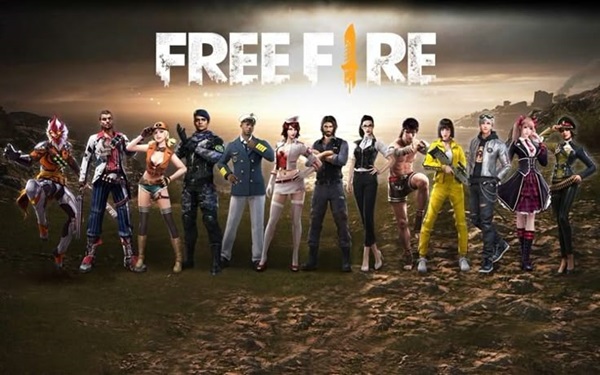
Balancing Through Limited-Time Modes and Events
Garena often introduces limited-time game modes that encourage players to try different weapons or rulesets. These modes offer a controlled environment for weapon testing and meta shifts.
For example:
-
Clash Squad maps that exclude certain weapons
-
Modes with predefined loadouts
-
Challenges that require kills with non-meta guns
These features serve dual purposes: giving players fresh experiences and providing developers with data on underused weapons. Expanding and refining these systems could offer valuable balancing insights.
A Vision for Long-Term Weapon Balance
Sustainable weapon balancing in Free Fire demands more than stat tweaks. It requires:
-
Regular, transparent communication with players
-
Real-time analytics on weapon usage
-
Regional customization options
-
Greater customization mechanics (attachments, mod kits)
-
Tactical event design to reward diversity
By investing in these long-term strategies, Garena can ensure a more engaging, fair, and evolving gameplay experience for all players—free and premium alike.
Conclusion
Weapon balancing in Garena Free Fire is a nuanced and ever-evolving issue. It sits at the intersection of game design, player psychology, monetization, and competitive integrity. While certain weapons like the MP40 or M1887 have dominated the meta, the broader arsenal still holds untapped potential. Through consistent adjustments, improved customization, and deeper community involvement, Garena can bring balance to the battlefield—not by forcing uniformity, but by empowering diversity.










